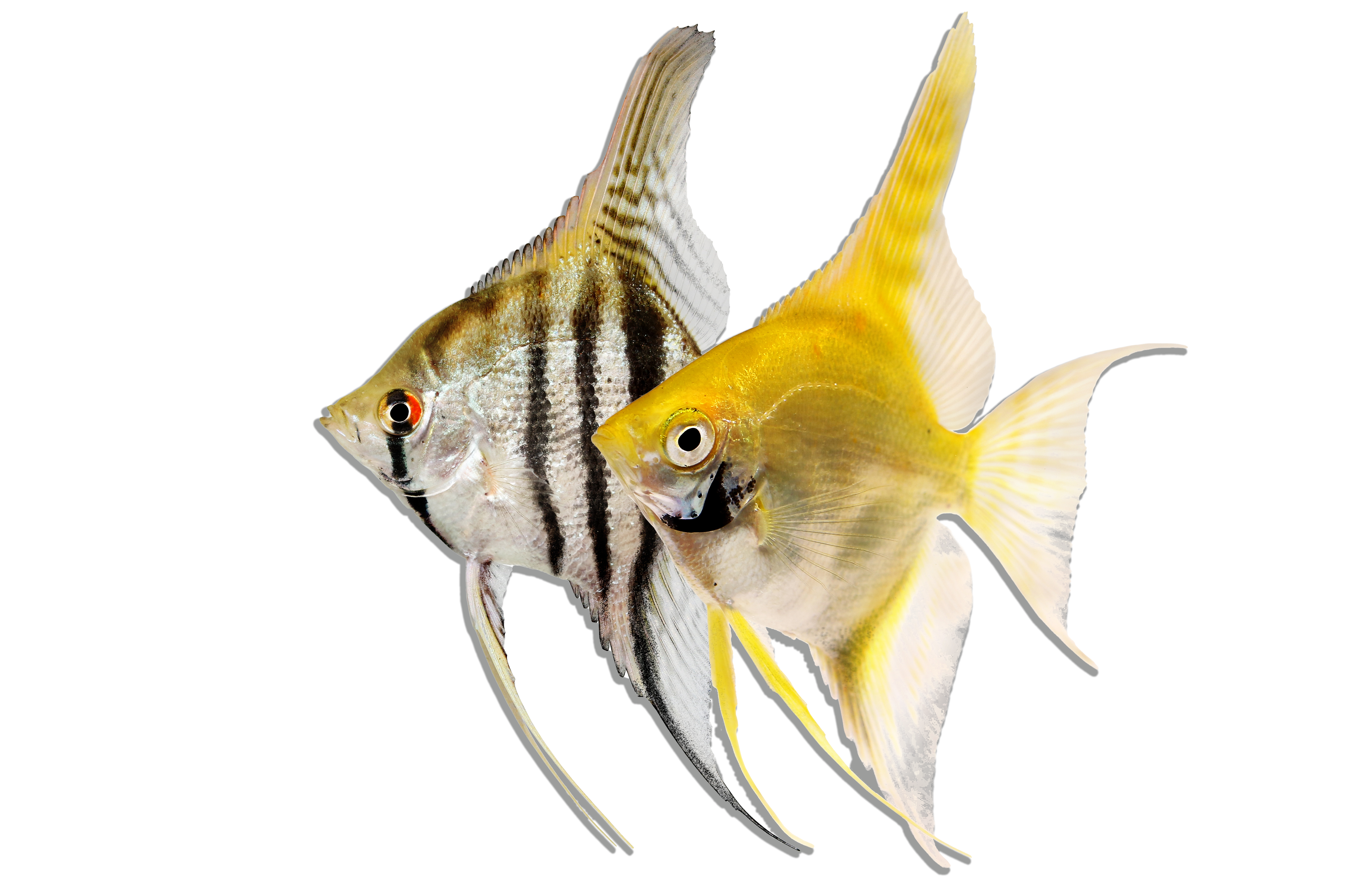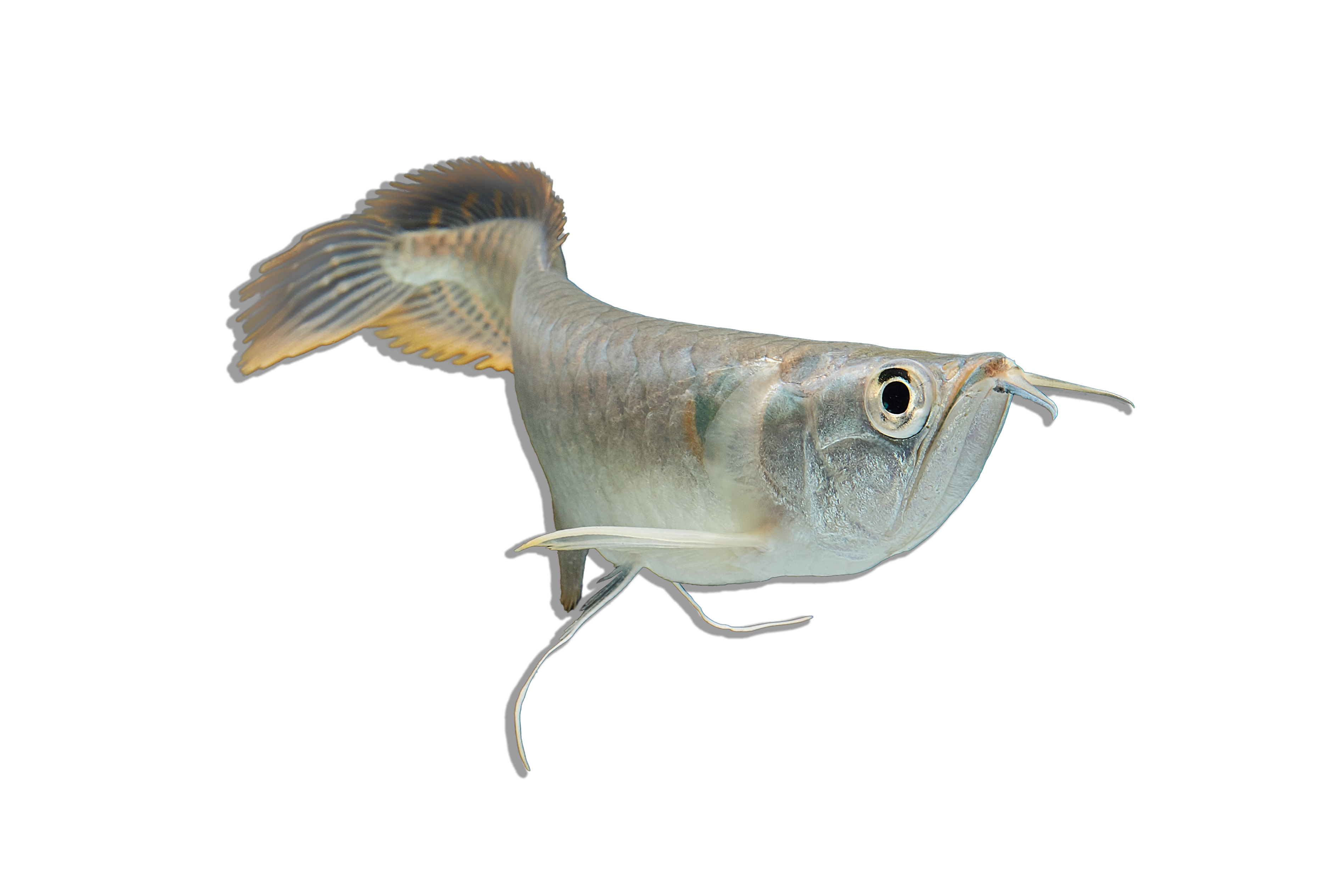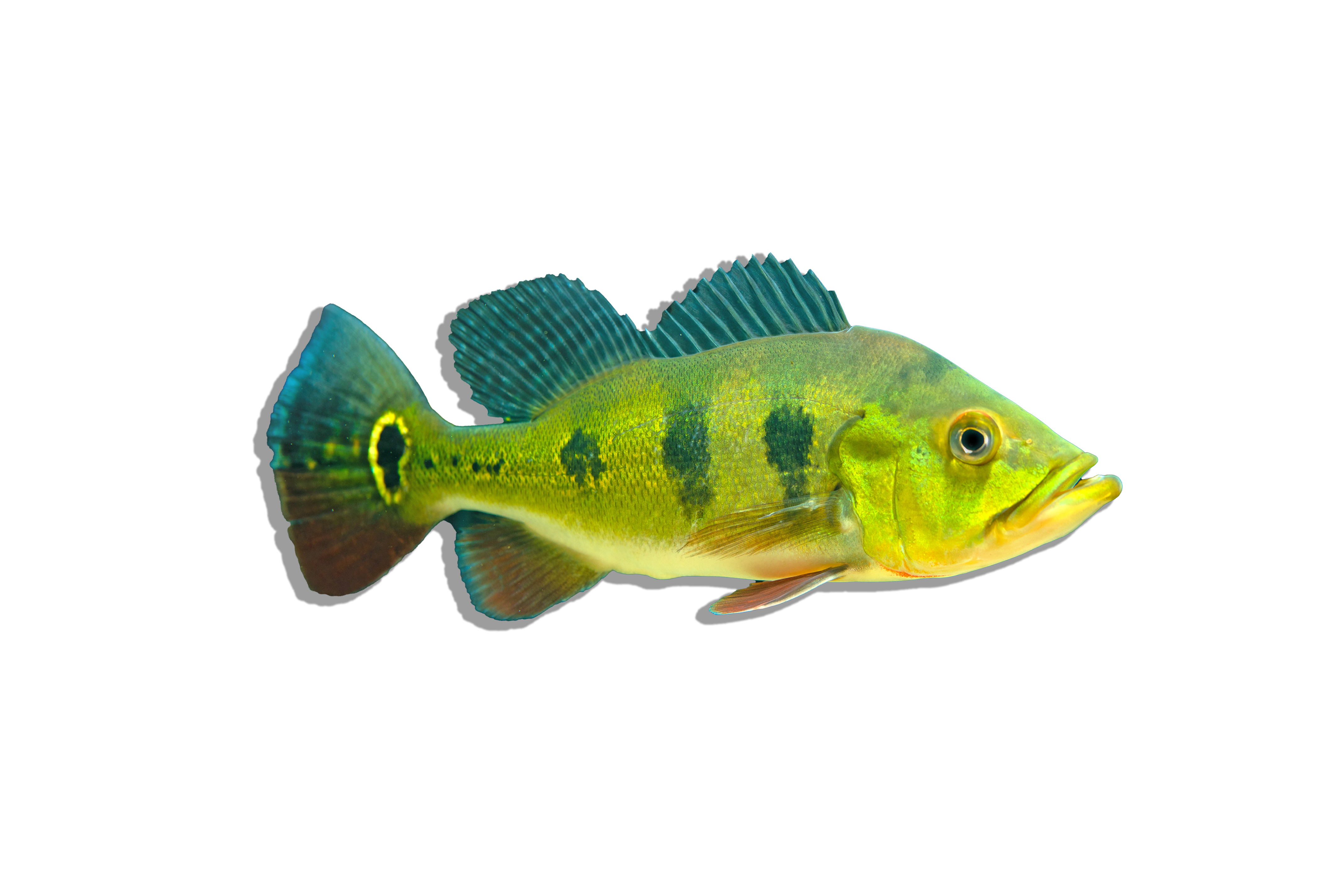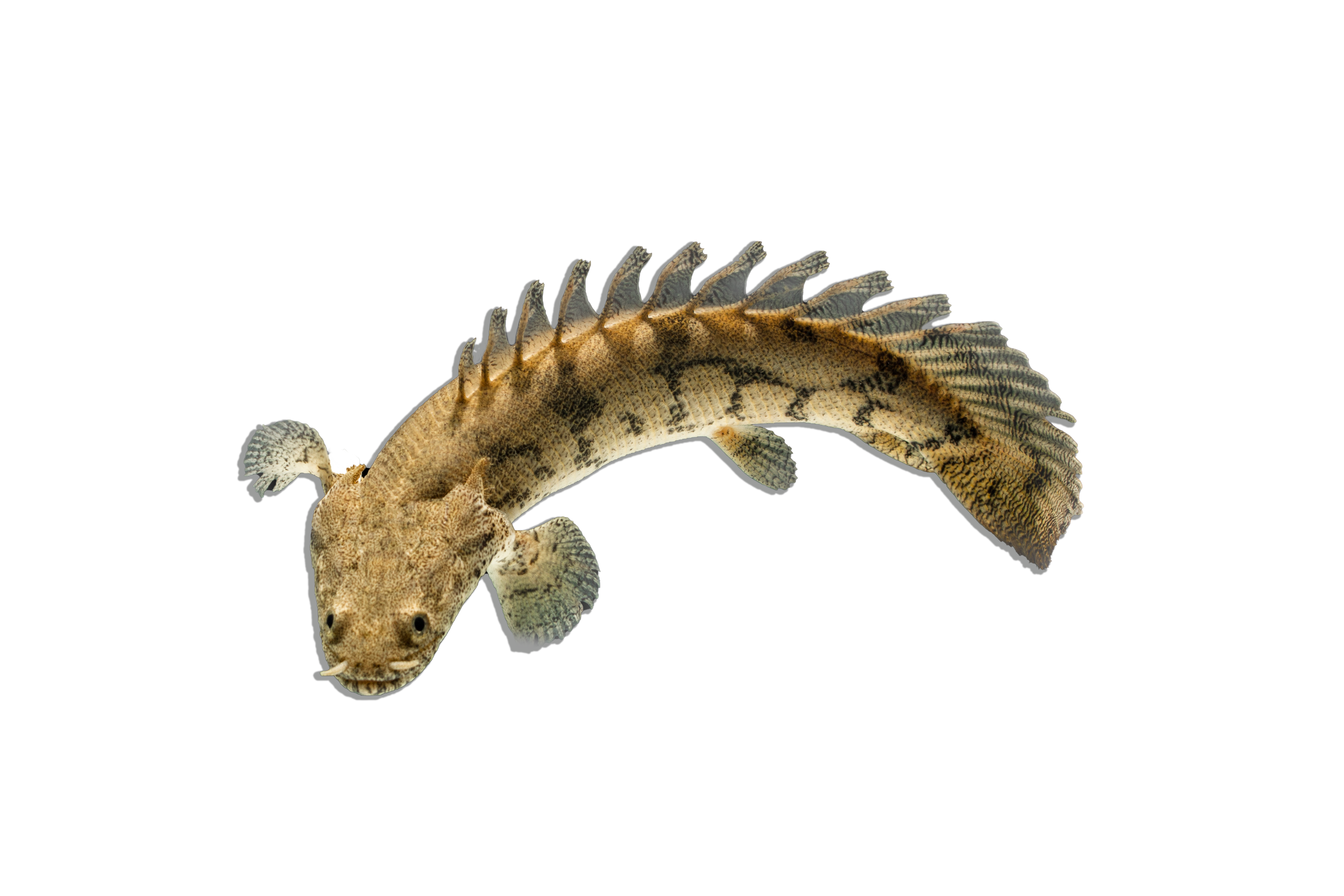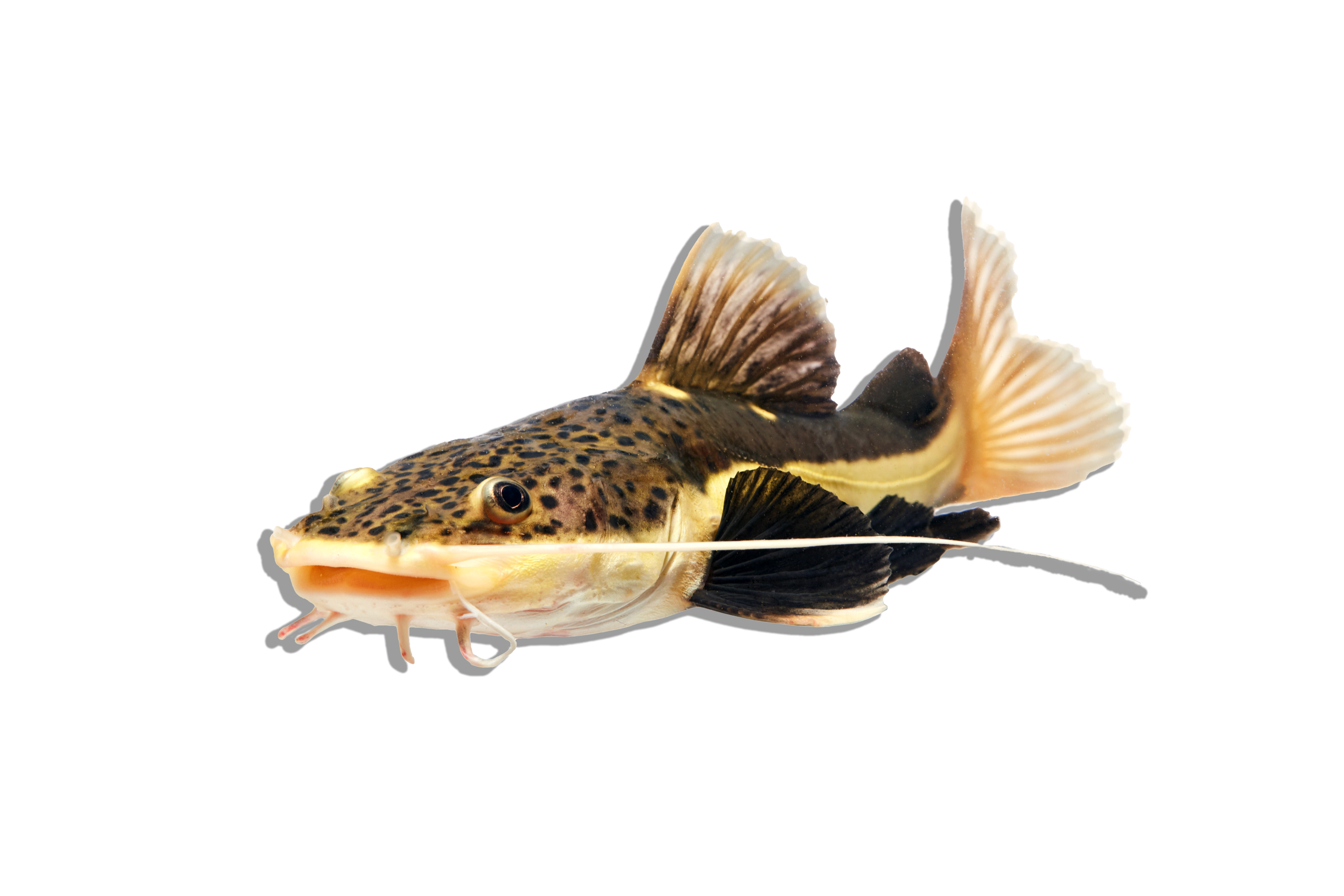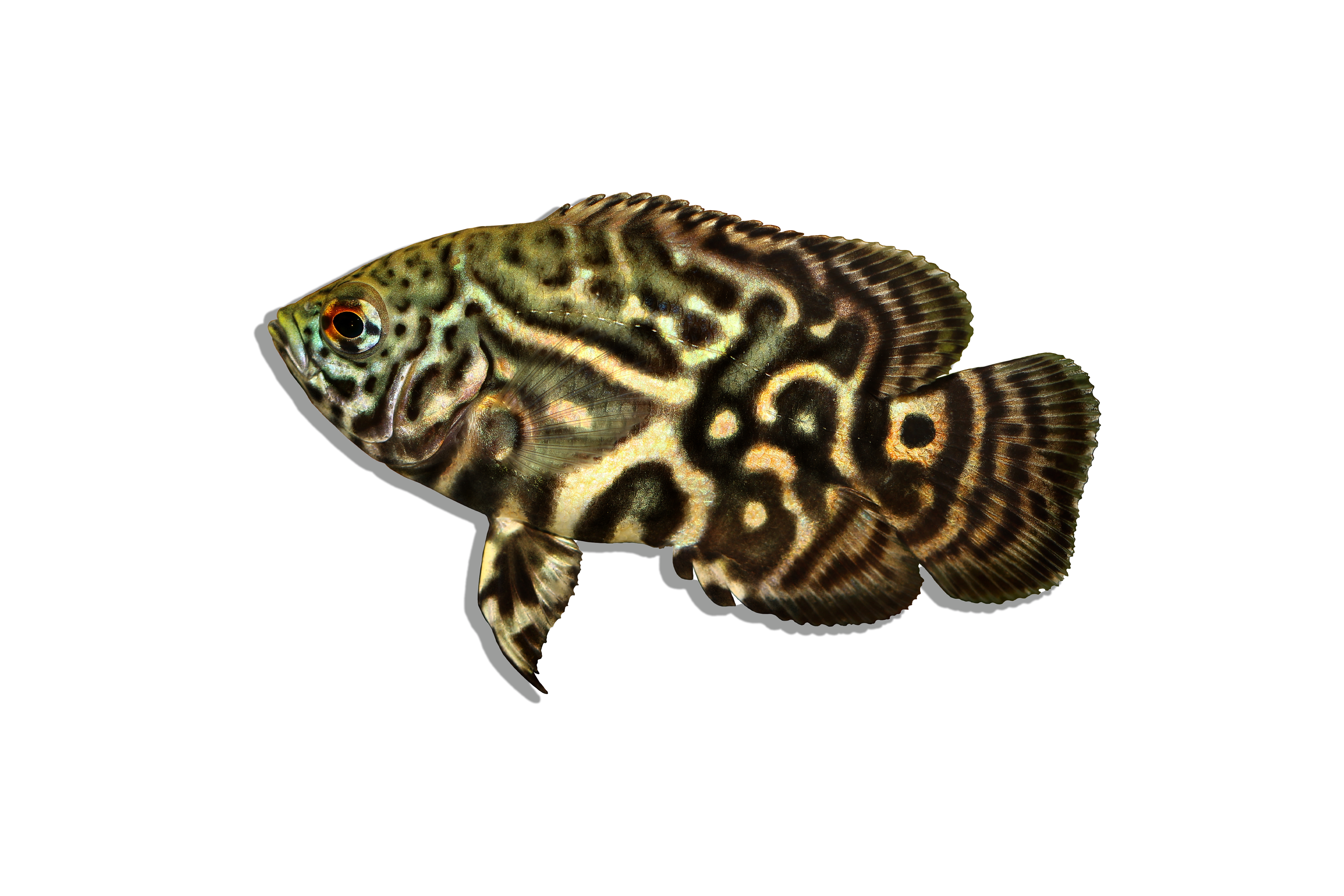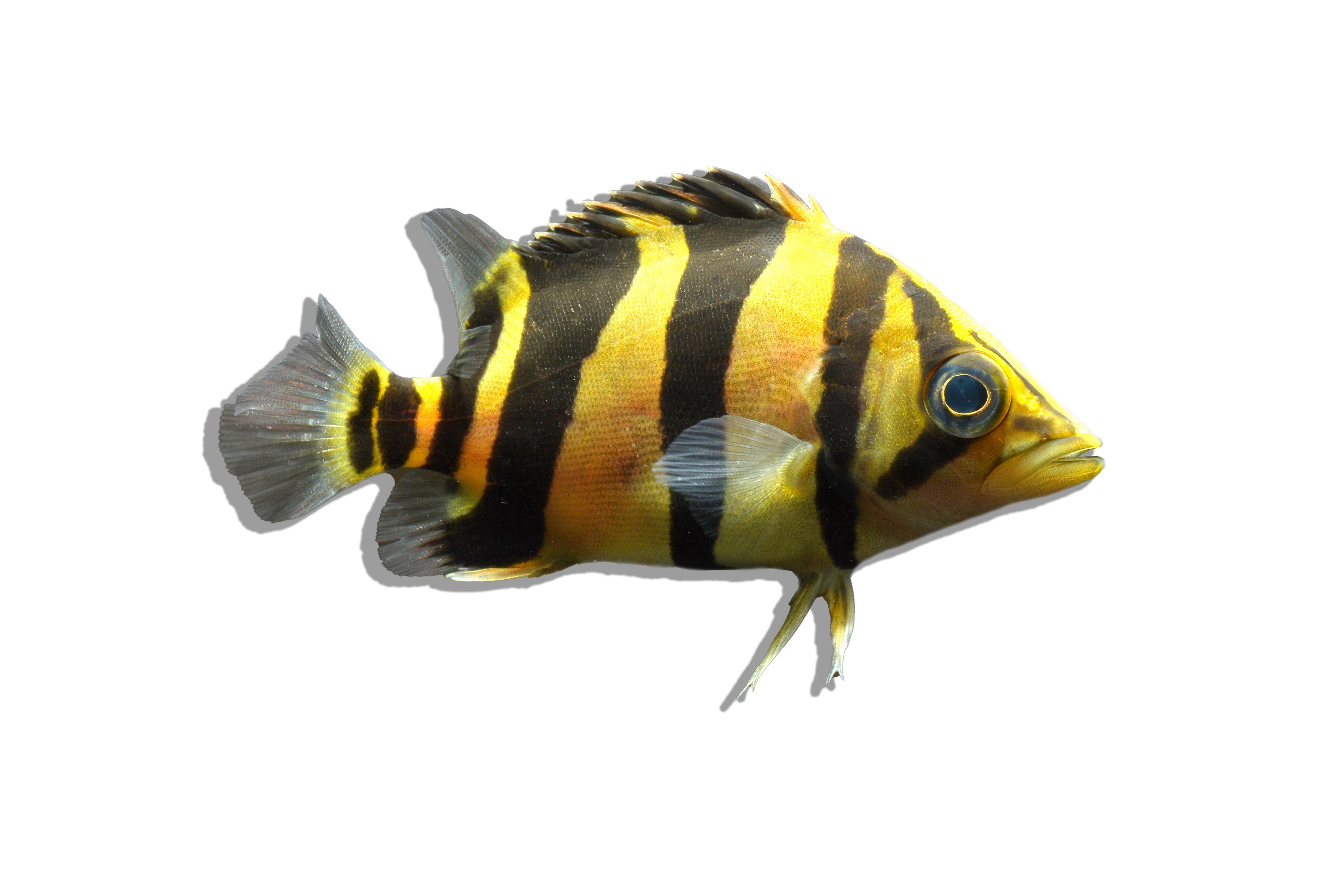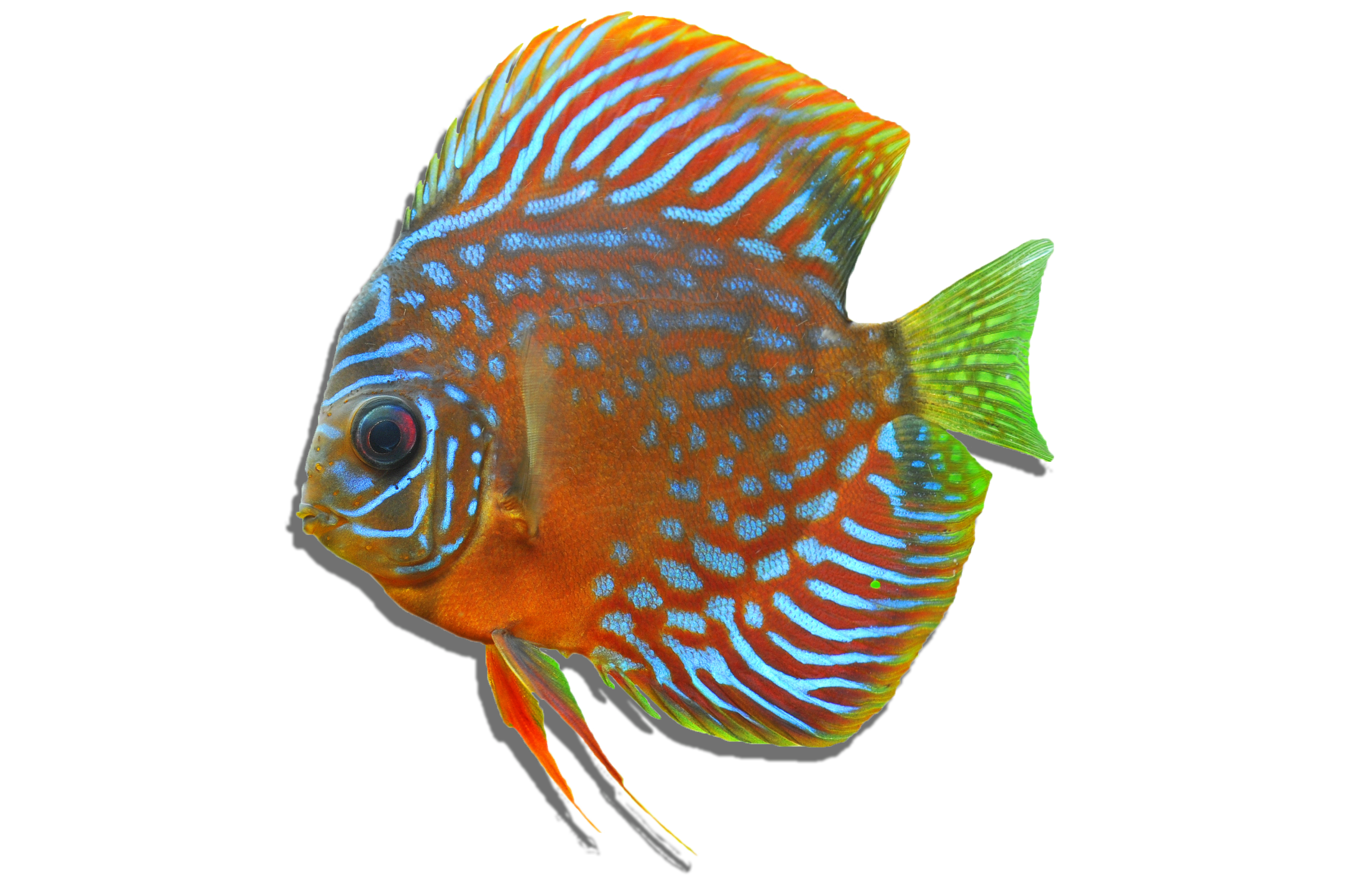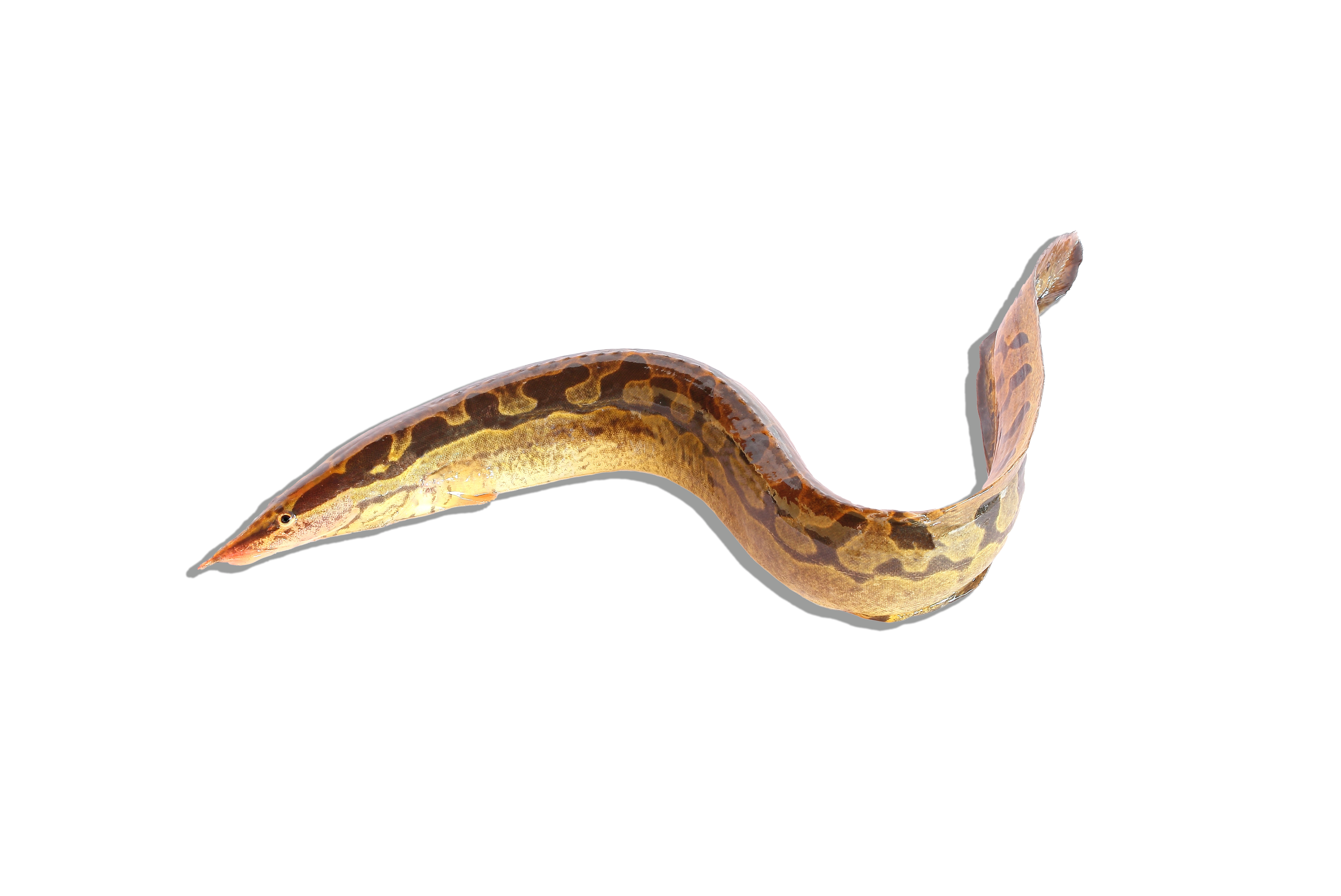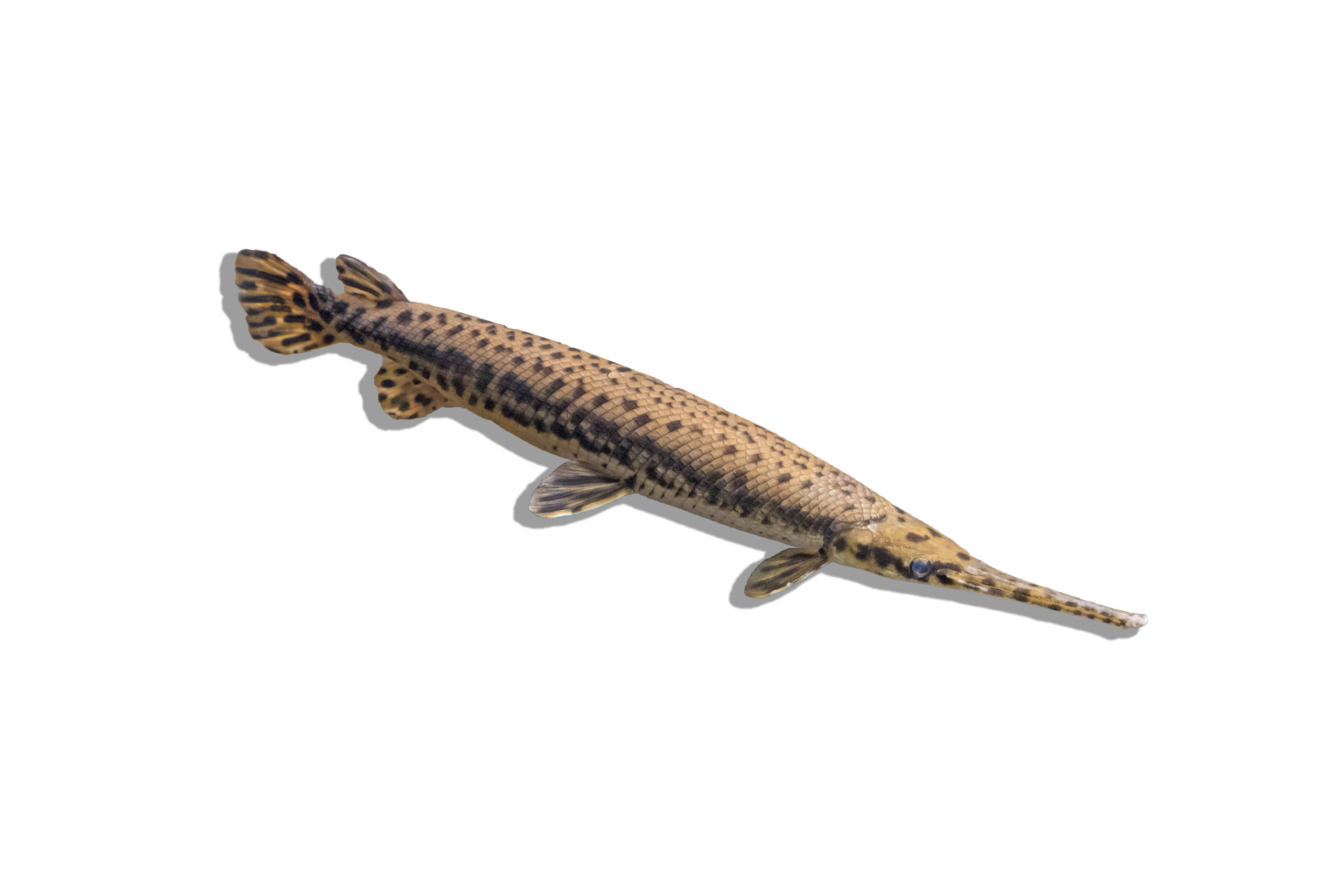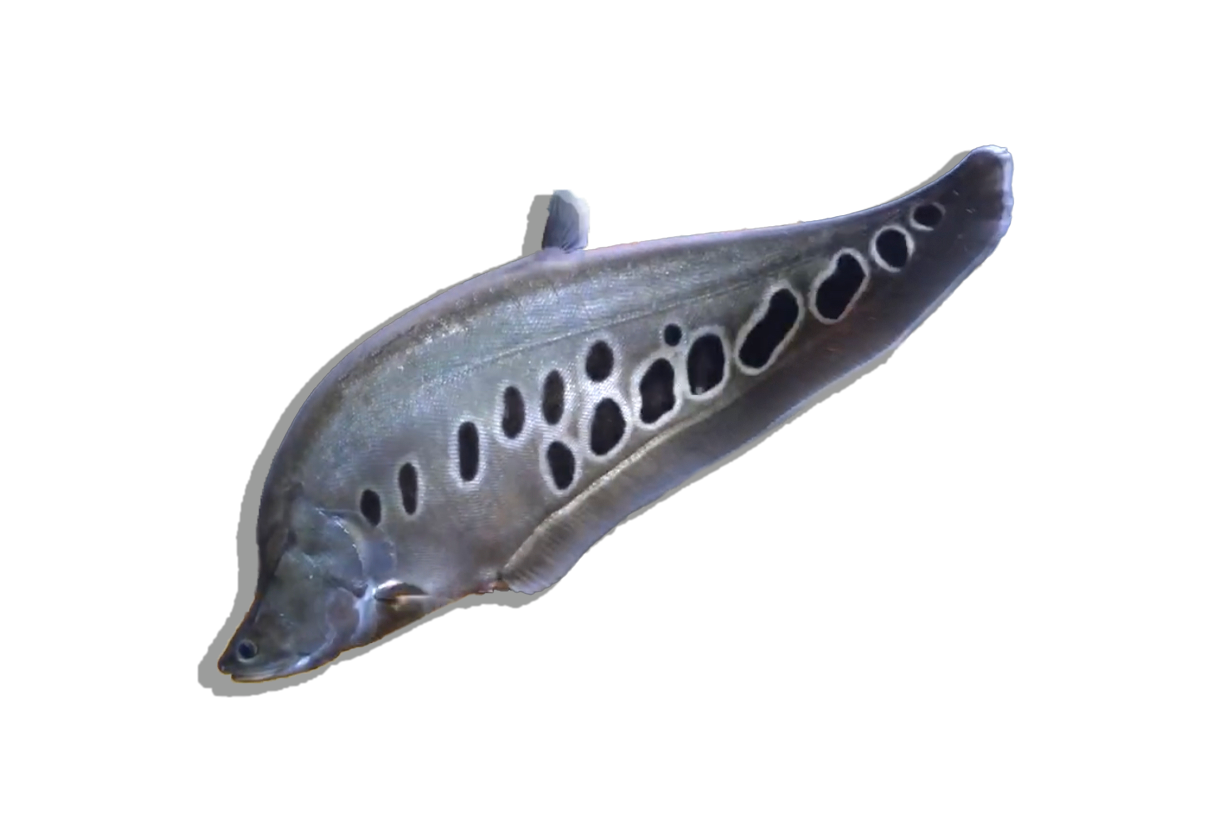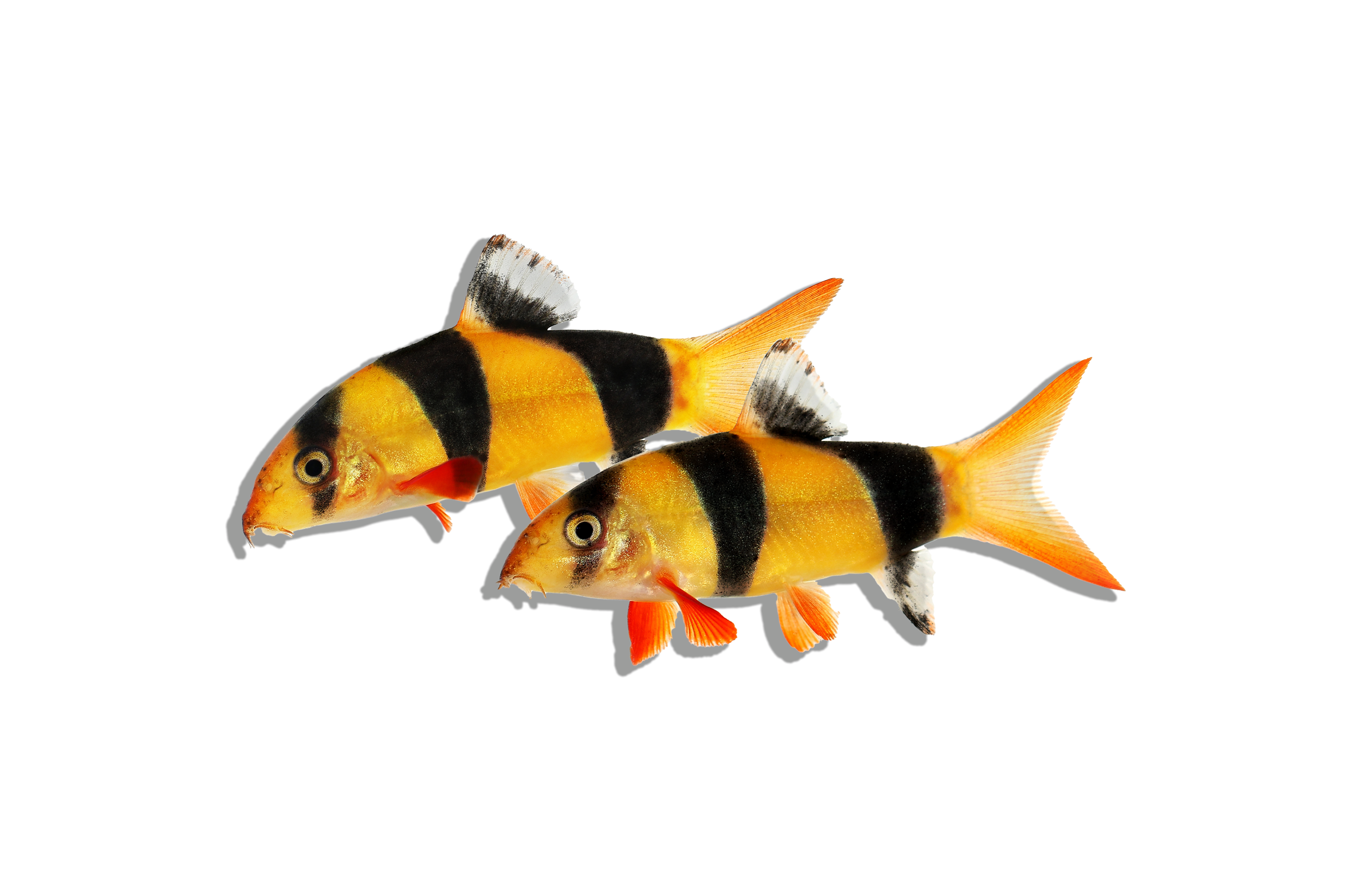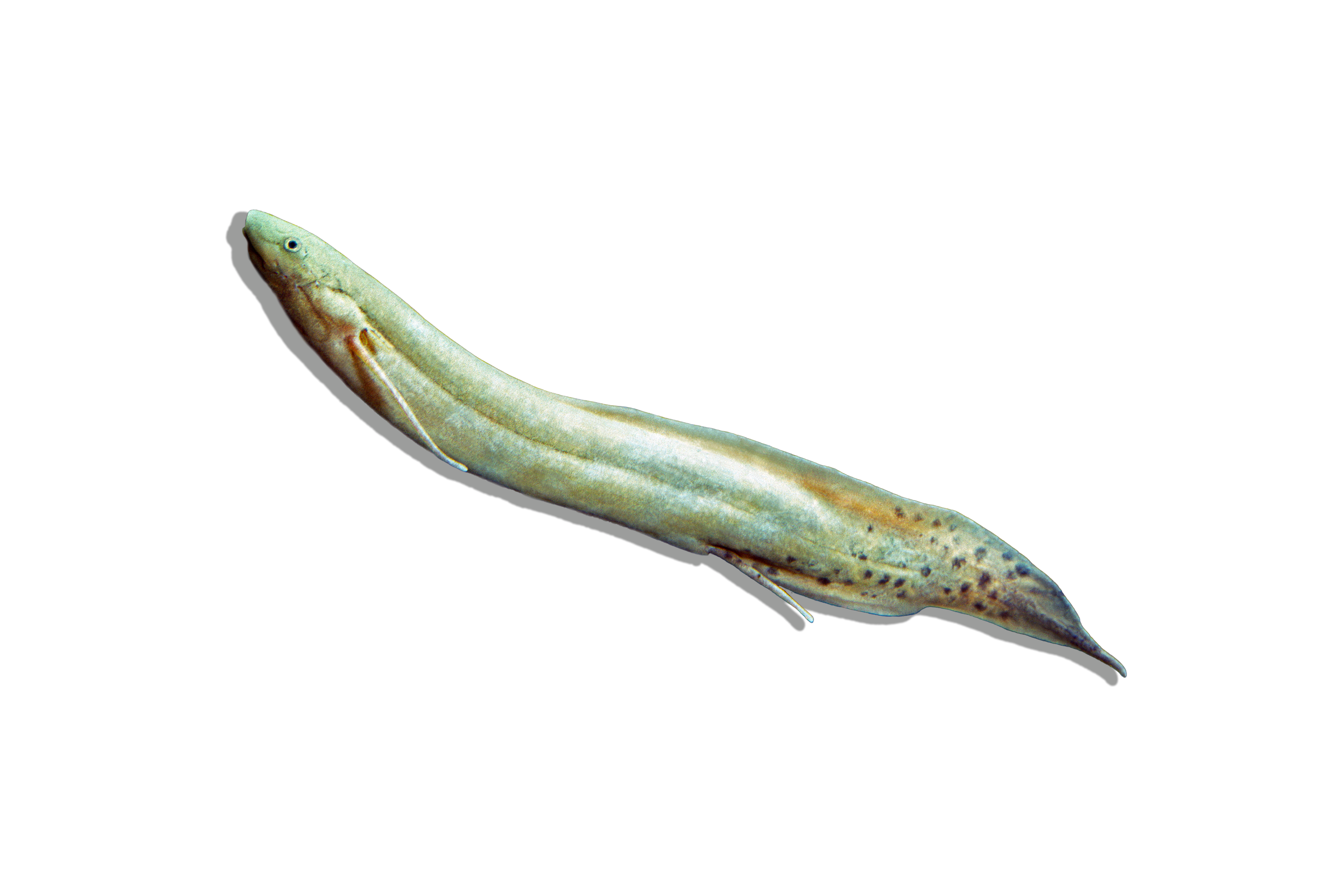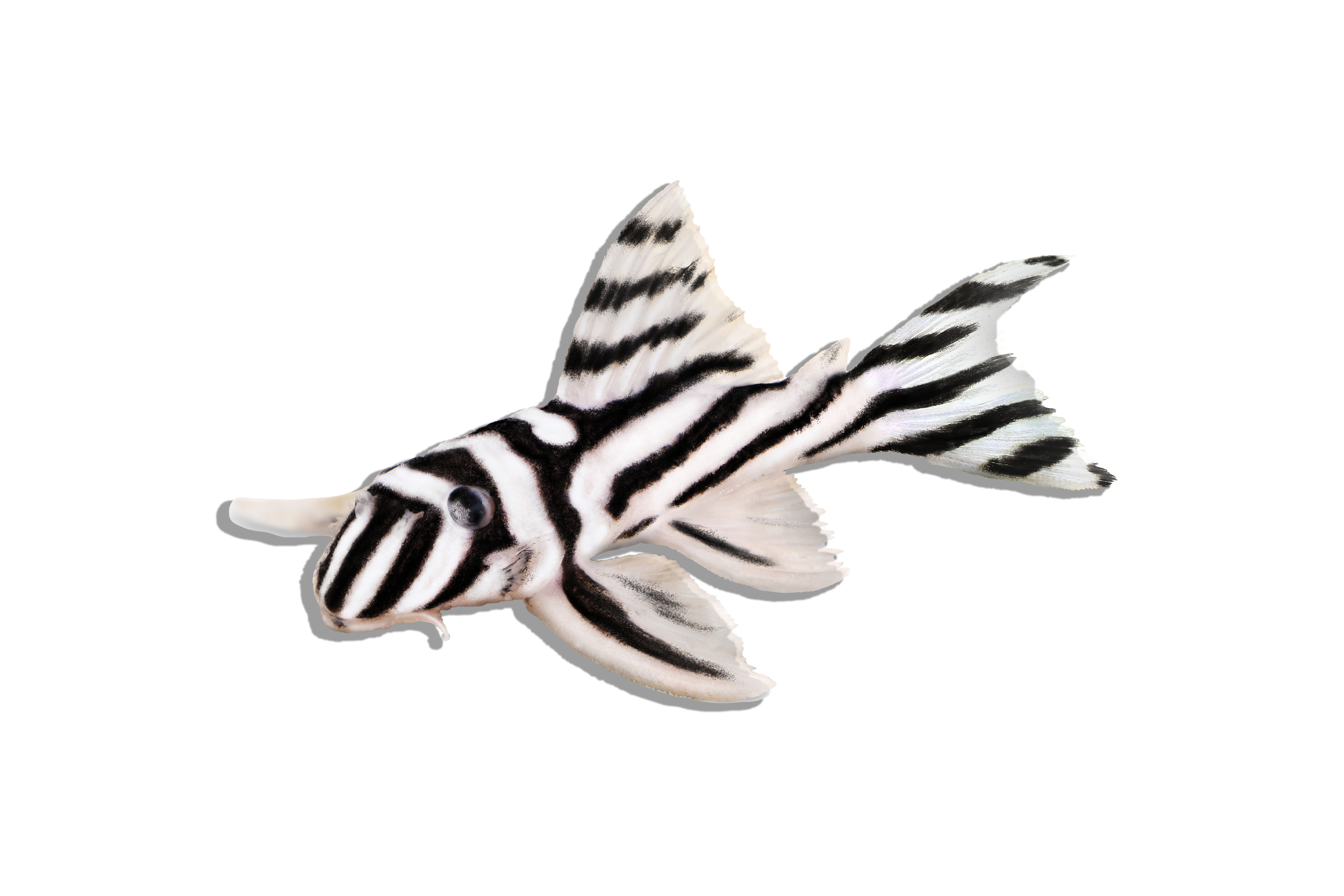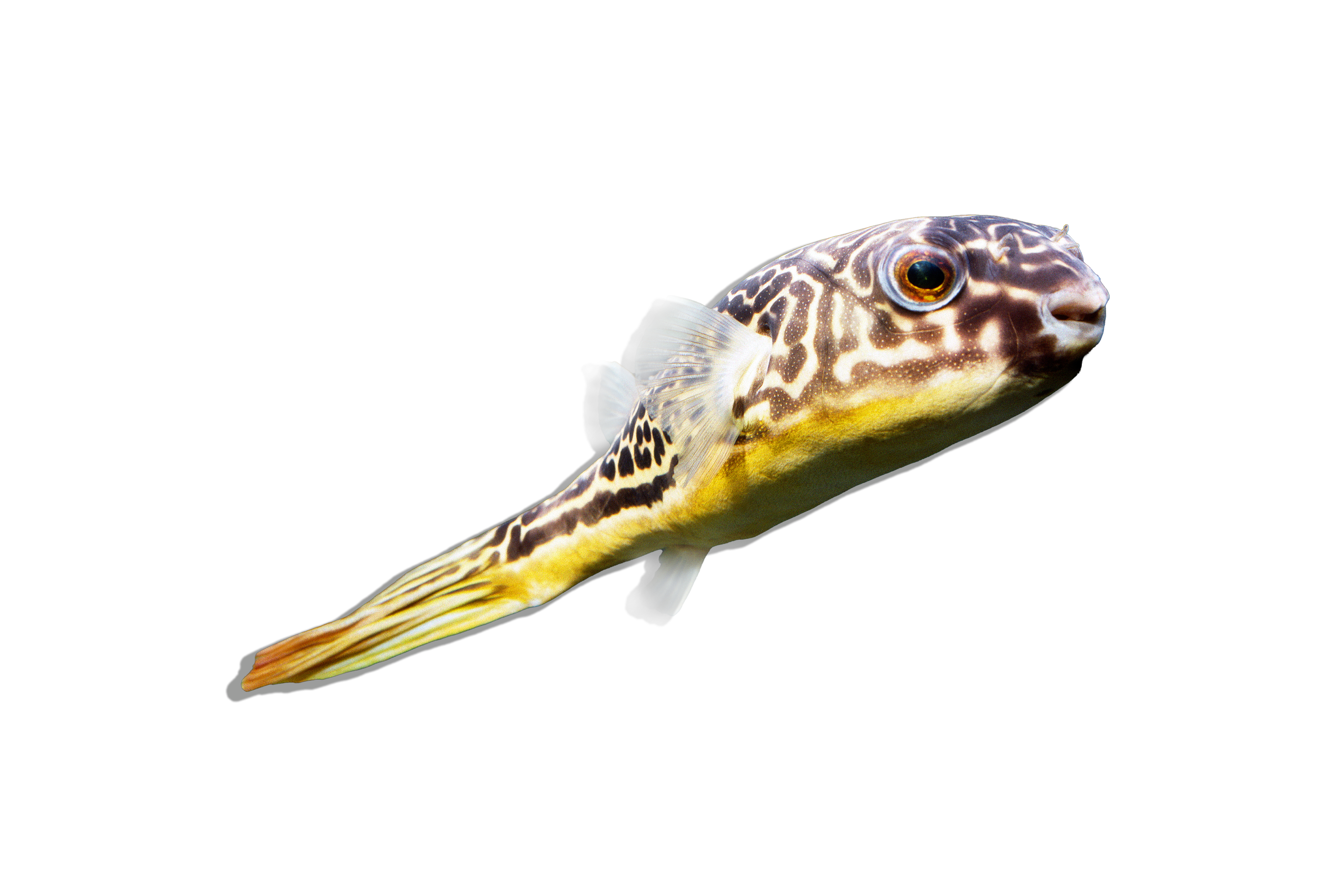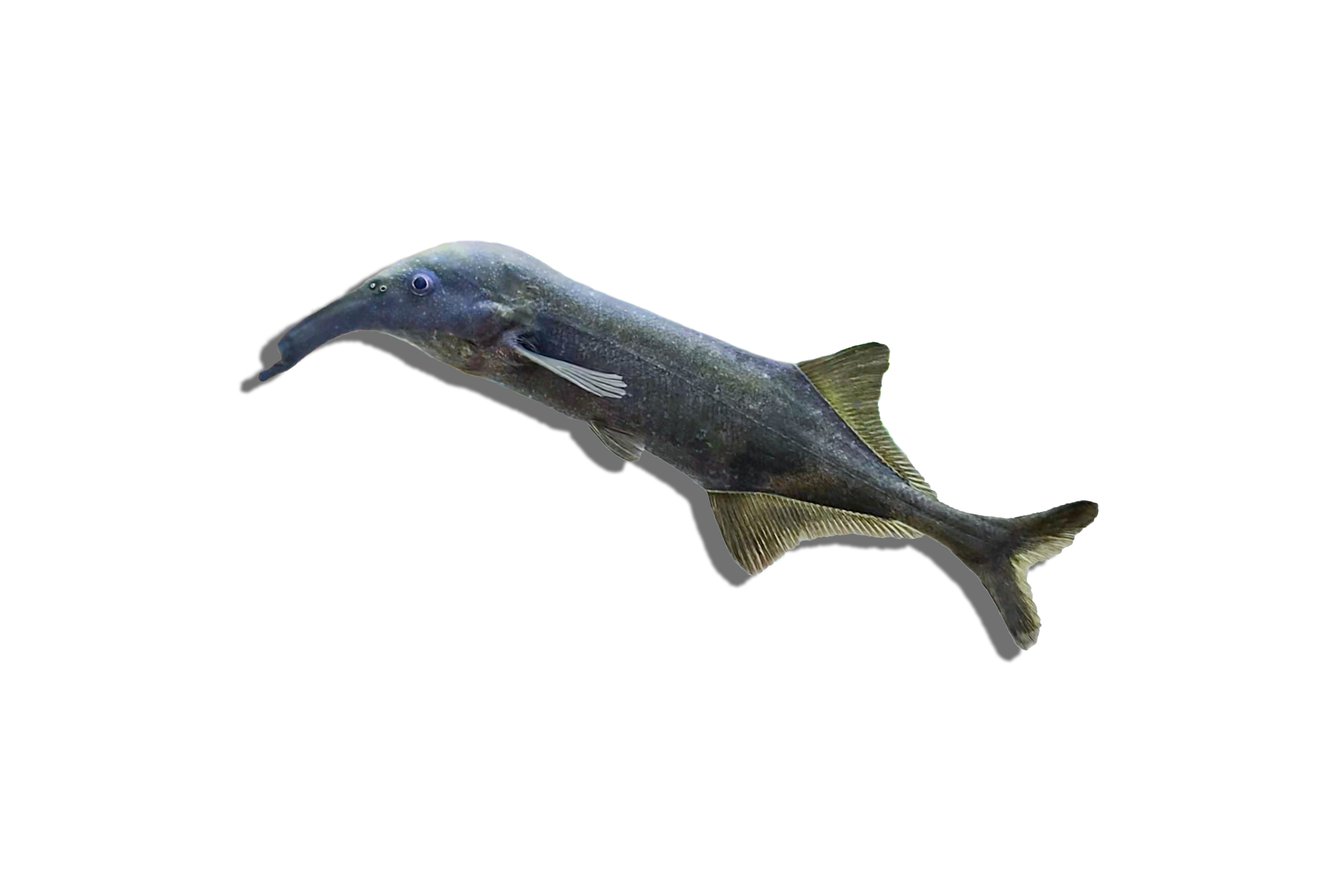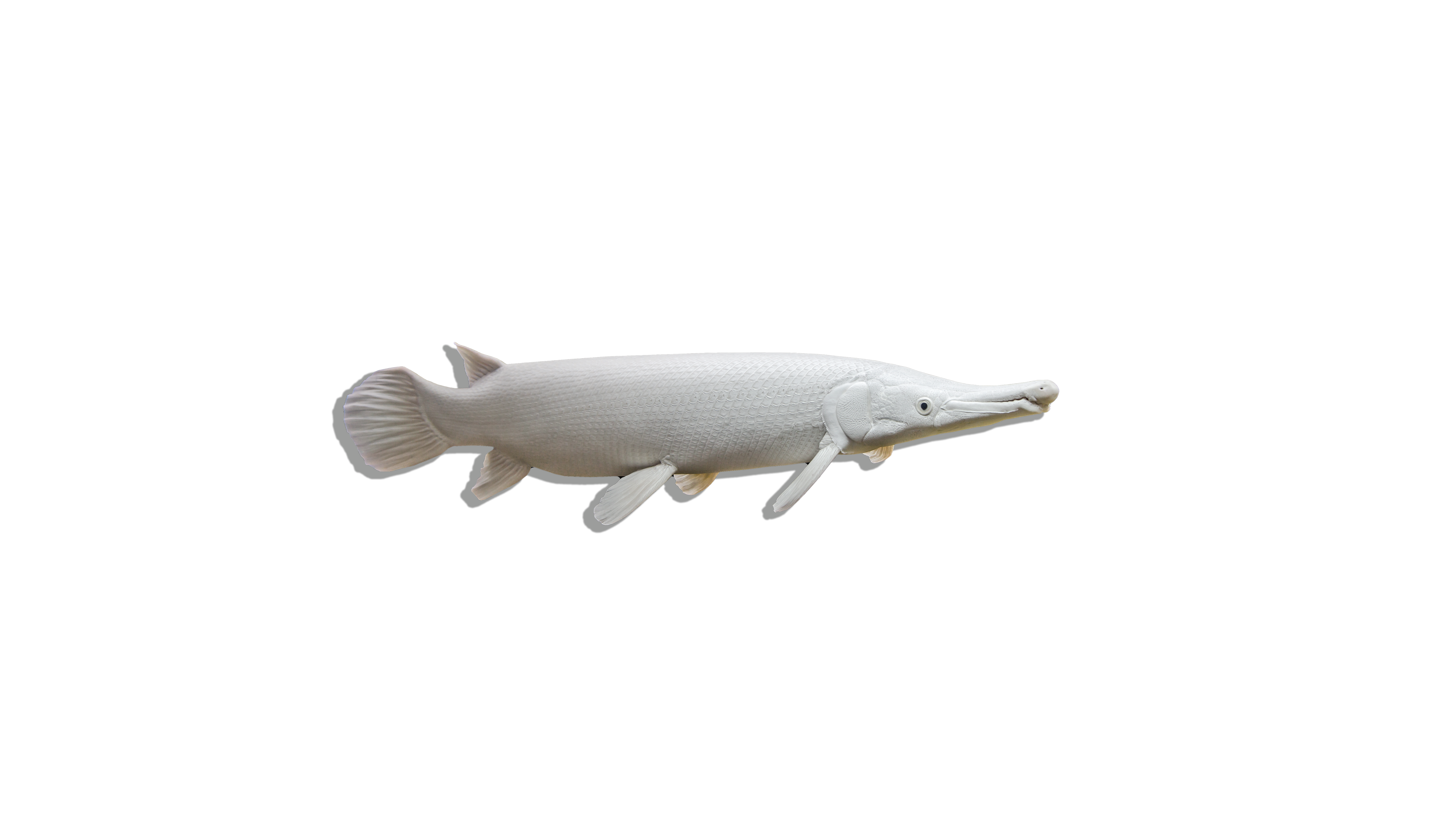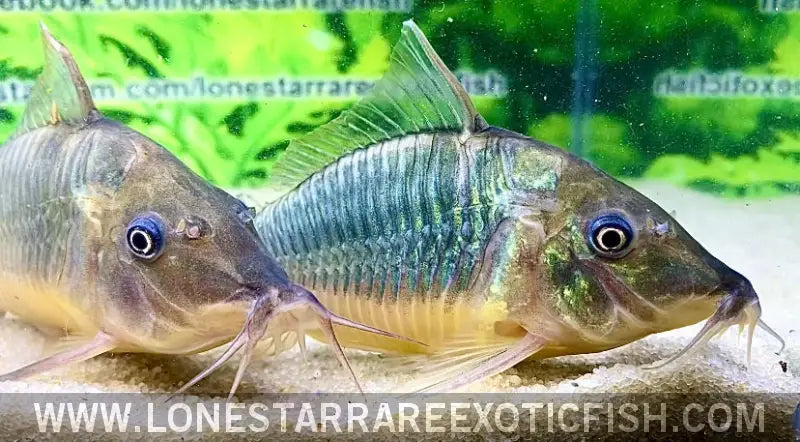Description
Common Name: Hognose Cory Catfish
Scientific Name: Brochis multiradiatus
Other Names: Emerald Catfish, Hog-nosed Brochis, Big-fin Corydoras
The Hognose Cory Catfish is a charming and robust freshwater fish known for its distinctive hognose-shaped snout and vibrant emerald-green coloration. This species is a member of the Brochis genus, closely related to Corydoras, and is appreciated for its peaceful nature and active bottom-dwelling behavior.
Habitat and Distribution: The Hognose Cory Catfish is native to the slow-moving rivers, streams, and floodplains of the Amazon Basin in South America, particularly in countries like Peru, Ecuador, and Colombia. These fish inhabit areas with soft, sandy or muddy substrates and dense vegetation, providing ample hiding spots and foraging opportunities. The water in their natural habitat is typically warm, soft to moderately hard, and slightly acidic to neutral.
Size and Lifespan: In both the wild and captivity, Hognose Cory Catfish can grow up to 3-4 inches (7.5-10 cm) in length. Their lifespan can range from 5 to 8 years, depending on the care and conditions provided in the aquarium. Ensuring a proper diet, clean water, and adequate space are crucial for their longevity and well-being.
Diet and Behavior: Hognose Cory Catfish are omnivorous, feeding on a variety of foods in the wild, including small invertebrates, detritus, and plant matter. In an aquarium, their diet should consist of high-quality sinking pellets, live or frozen foods such as bloodworms, brine shrimp, and daphnia, as well as vegetable matter like spirulina flakes and blanched vegetables. These catfish are social and prefer to be kept in groups of six or more to prevent stress and encourage natural behavior. They are active during the day and often seen foraging along the bottom of the tank, sifting through the substrate with their barbels.
Breeding and Reproduction: Breeding Hognose Cory Catfish in captivity is relatively straightforward compared to other species. They are egg scatterers, and successful breeding typically involves maintaining excellent water quality and providing a well-planted tank. To encourage spawning, it is helpful to simulate the rainy season by performing frequent water changes with slightly cooler water. The female will lay eggs on plant leaves, aquarium glass, or other surfaces, and the male will fertilize them. There is no parental care for the eggs or fry, so a separate breeding tank or protective measures are necessary to prevent the eggs from being eaten by other fish.
Aquarium Care and Tank Requirements: To keep Hognose Cory Catfish, a tank of at least 30 gallons is recommended for a small group. The tank should include plenty of hiding spots created with rocks, driftwood, and plants to mimic their natural habitat and reduce stress. A soft, sandy substrate is ideal to protect their delicate barbels. Efficient filtration and regular water changes are essential to maintain water quality. Providing moderate water flow and a well-planted environment will help replicate their natural habitat and encourage natural behavior.
Ideal Tank Mates: Hognose Cory Catfish can be kept with other peaceful, similarly sized fish that share similar water parameter requirements. Suitable tank mates include other small, peaceful fish such as tetras, rasboras, and other small catfish. Avoid housing them with overly aggressive or significantly larger fish that may cause stress or pose a threat.
Difficulty Level: Beginner to Intermediate. While they are hardy and adaptable, their specific dietary needs, social structure, and requirement for clean, well-oxygenated water require attentive care and a well-maintained aquarium.
Water Parameters:
- Temperature: 72-78°F (22-26°C)
- pH: 6.0-7.5
- General Hardness (GH): 2-12 dGH
- Carbonate Hardness (KH): 2-6 dKH
- Ammonia: 0 ppm (ideal), up to 0.25 ppm (max)
- Nitrite: 0 ppm (ideal), up to 0.25 ppm (max)
- Nitrate: <20 ppm (ideal), up to 40 ppm (max)
Additional Information:
- The Hognose Cory Catfish’s vibrant emerald-green coloration and active foraging behavior make it a delightful addition to community aquariums, adding both beauty and interest.
- These fish are known for their peaceful nature and ability to coexist with a variety of tank mates, making them versatile in community setups.
- In their natural habitats, Hognose Cory Catfish play a role in controlling populations of small invertebrates and contributing to the overall health of the aquatic ecosystem.
- Fun fact: The Hognose Cory Catfish can breathe atmospheric air by gulping it at the water’s surface, a trait common among many catfish species, allowing them to survive in low-oxygen environments.

